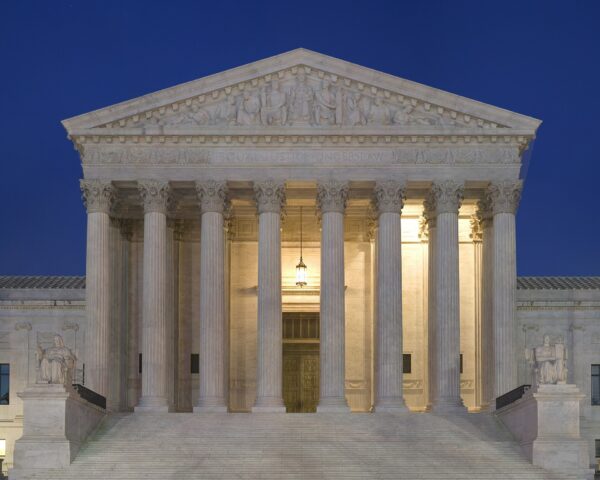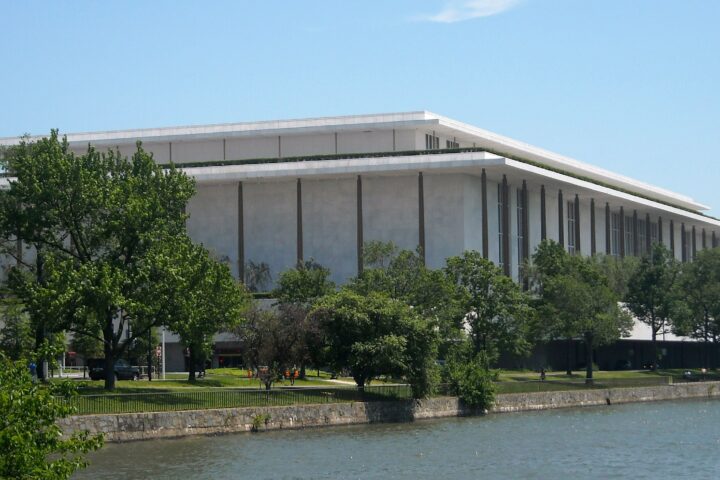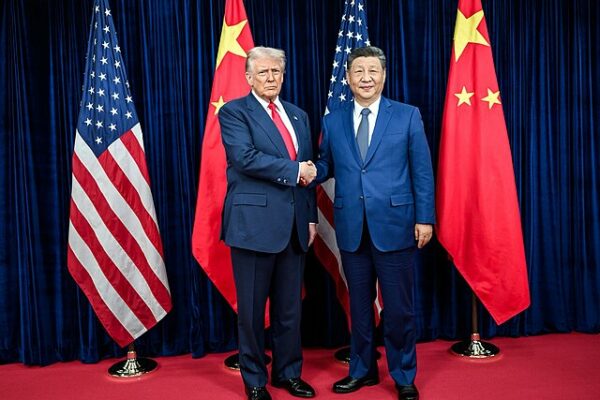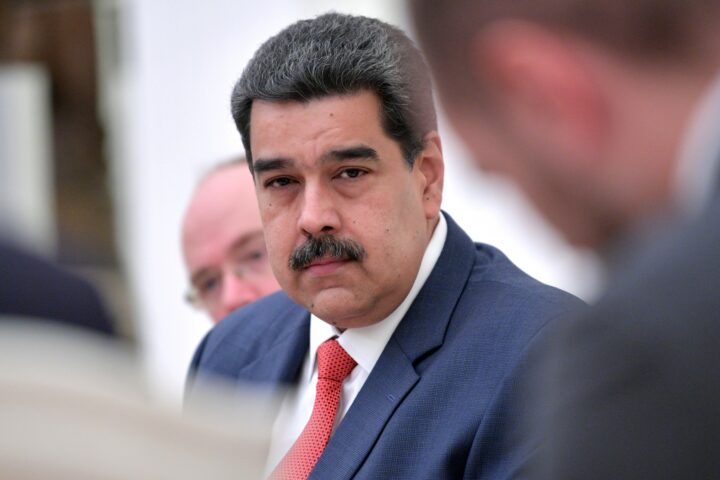When the Supreme Court convenes its new term on October 6, President Donald Trump’s sweeping claims of executive authority will face their most serious reckoning yet. After a string of interim victories, the justices must decide whether the contested pillars of Trump’s agenda can endure as permanent law.
Until now, the Court has largely allowed Trump’s initiatives to proceed while litigation played out below, writes USA Today. With those cases now arriving for final review, the decisions could redraw the boundaries of presidential power. A Marquette Law School Poll released October 2 found just over half of Americans believe the Court has avoided rulings that might provoke defiance from Trump.
Among the most consequential disputes is a November challenge to Trump’s expansive use of tariffs, a signature economic and diplomatic tool. Former Solicitor General Donald Verrilli suggested the case could force the Court to reinforce the separation of powers, though he warned that dismantling such a defining policy would require strong arguments. “You can’t help but think that’s going to be hovering over the decision-making process in this case,” Verrilli said.
In December, the Court will consider Trump’s ability to fire leaders of independent federal agencies at will, followed by a January case testing whether he can remove Federal Reserve Governor Lisa Cook. Such disputes raise the prospect of further weakening the 1935 Humphrey’s Executor precedent, which protects officials from arbitrary dismissal. Justice Elena Kagan has already dissented in an earlier case, accusing her colleagues of being “raring” to overturn those protections.
The docket also includes a Republican effort, spearheaded in part by Vice President JD Vance, to roll back a 2001 restriction on coordination between parties and candidates. Supporters argue the current system empowers super PACs at the expense of traditional parties, while critics warn a ruling in Trump’s favor could entrench presidential dominance.
Meanwhile, the Court will rehear a challenge to Louisiana’s congressional map, raising alarms over the durability of Section 2 of the Voting Rights Act, noted Politico. The case could end the requirement to have “minority-majority” congressional districts.








